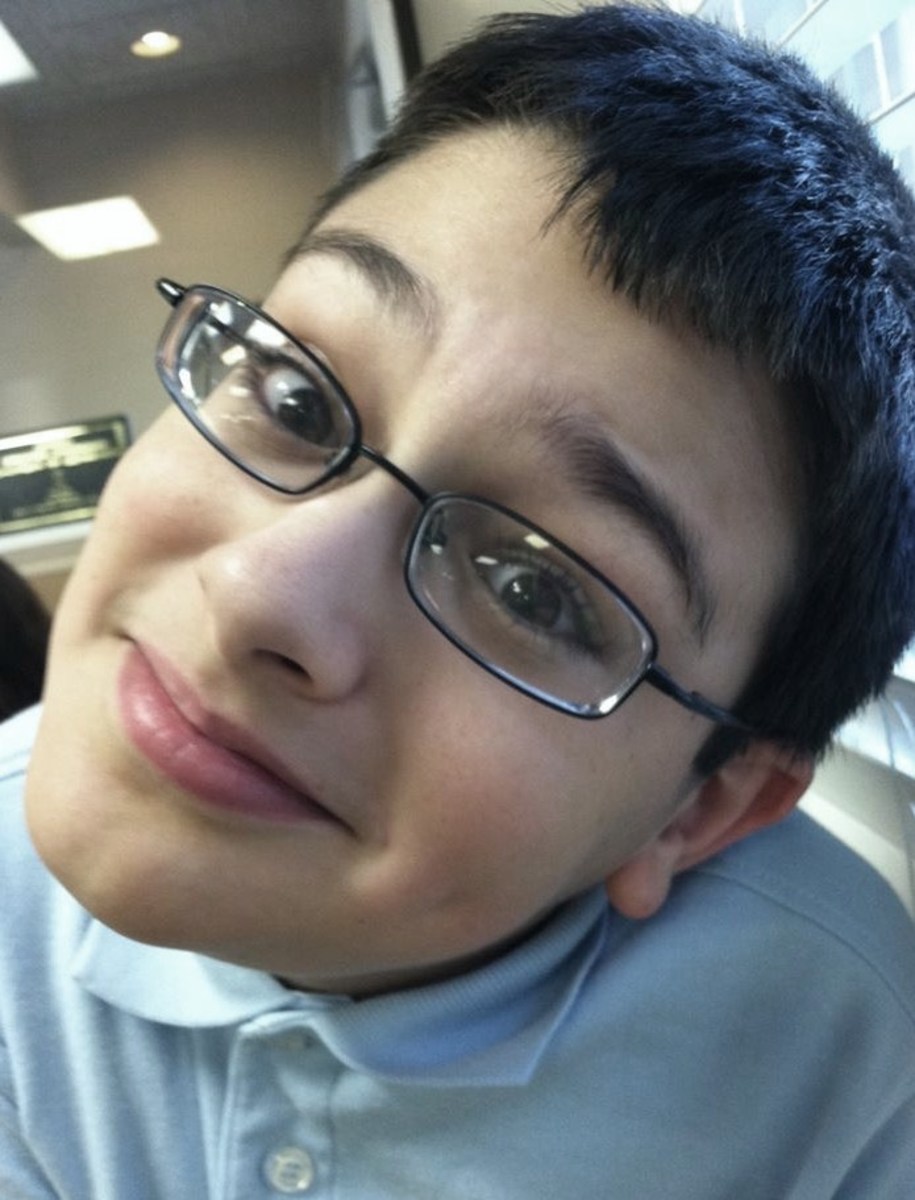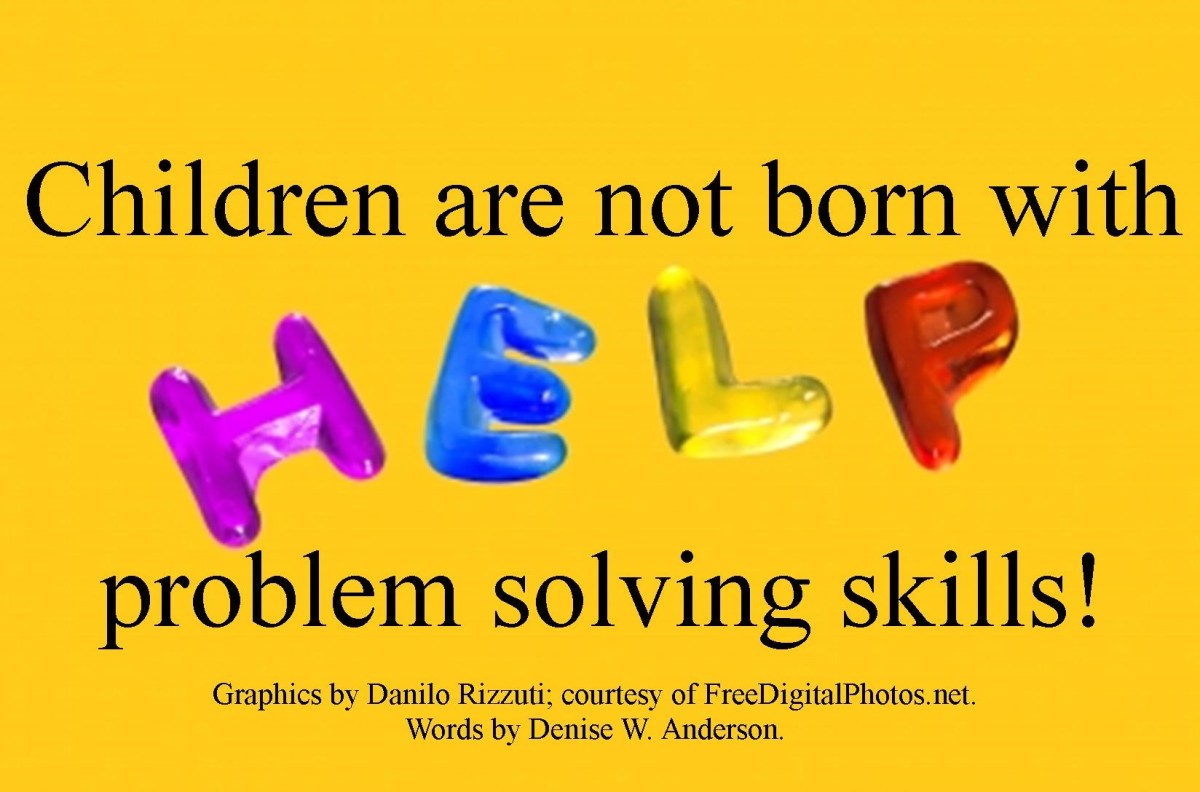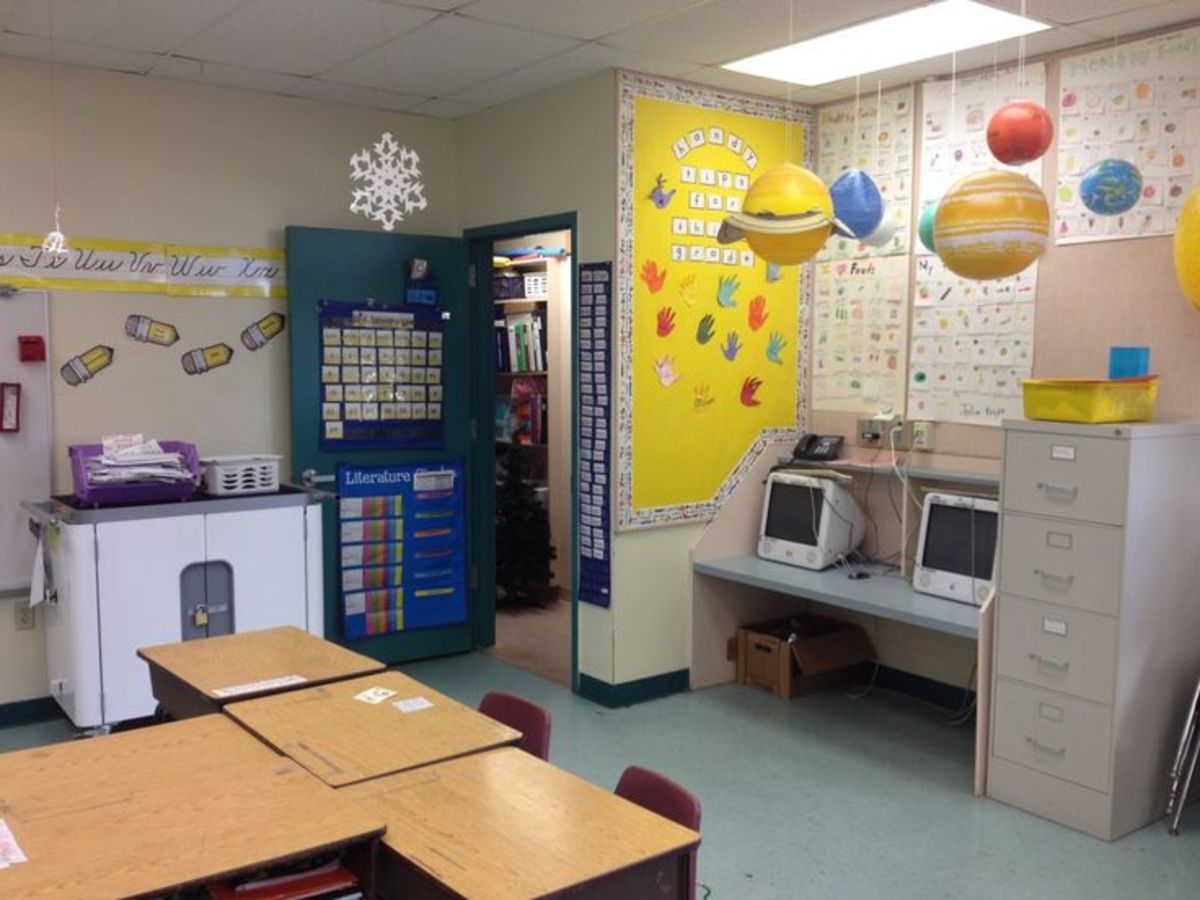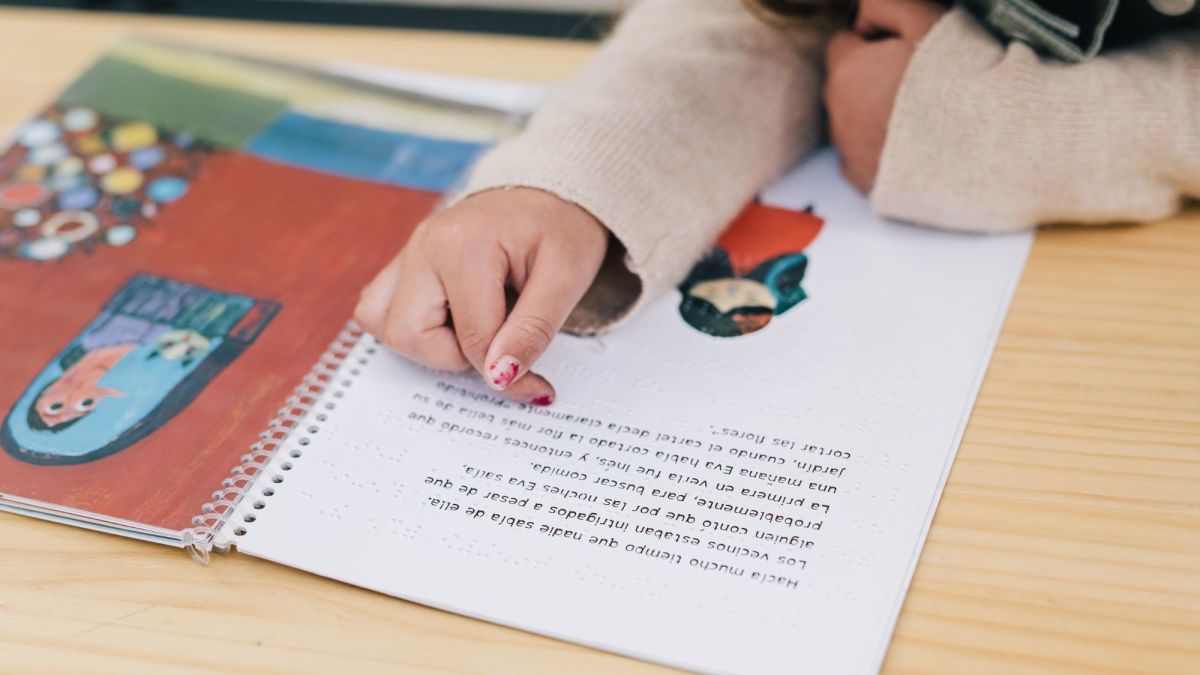tips in solving maths word problems
i'm a part time tutor and of course, every country has a different education system. but i teach within a community where the students come over to my place. and i notice that they are really weak in maths, esp problem solving. This is mainly from my own experience how students can improve on their maths sums. of course, the main thing is always practise makes perfect. i always tell them that. but here are some simple steps i feel can help them in their sums.
Read - First, they need to read the question and form a picture of the problem in their minds. Take note of the tricks like more than, etc. eg he has 13 stamps more than his brother. some people might think "oh more than; you must add since it's more". i'll have more on that later.
Question - What is the question to be answered. Often, the question is stated. If not, then they have to find out what exactly they are looking for to understand the problem.
Write - Write down the information that is given. Sometimes, all the information you have is enough to get your answer. If not, you have to do a step or two to finally get the answer.
Methods - This is where you write down your working steps. What steps are needed to get my answer. Make sure you check your workings to ensure there are no careless mistakes like writing a number wrongly. Ensure that you have neat writing too as some examinors might be strict and might mark your writing as wrong.
Check - Check your answer to see if it is possible. Does it fit with the information given in the problem? If it does not, till which step are you confident of and try if from there again.
These are the basic steps i feel is needed for problem solving by students. Here are 2 simple problems where i feel students make a lot of careless mistakes. pls note that these questions are intended for grade 3 or primary 3 students.
1. Dolly bought a dress for $59.90. It cost $23.50 less than the shoes. How much did she spend altogether?
(in this question, students will tend to think, 'oh it says less, so we subtract. and some might even give that as the answer, not bothering to read properly. wat they need to do here is to understand the sentence. 'it cost $23.50 less than the shoes.' it basically refers to the dress, meaning that the dress costs less than the shoes. therefore the shoes is more. so you need to add to find the shoes since dress is given. then they need to read the question which is asking how much she spent altogether. you answer accordingly which is you add the dress and shoes together.)
2. Siti has a mass of 28 kg. Her mother has 3 times her mass. Her brother is 17 kg heavier than Siti. What is the total mass of her mother and brother?
(in this question, you will notice that her mother is 3 times her mass. some might go and divide. in this situation, drawing models is so much easier for the student. After you find the mother's mass where you multiply, you need to find the brother who is heavier. meaning you add. then read the question which asks you to give the total mass of mother and brother. note that they are not asking for siti also.)
these are the areas where students tend to make careless mistakes. Their main problem is not reading the question properly and not checking their workings, resulting in careless mistakes. Always let the students know that practise makes perfect esp in maths.








